Filter by

Refugees on the Move: Crisis and Response in Turkey and Europe
Refugees on the Move highlights and explores the profound complexities of the current refugee issue by focusing specifically on Syrian refugees in Turkey and other European countries and responses from the host countries involved. It examines the causes of the movement of refugee populations, the difficulties they face during their journeys, the daily challenges and obstacles they experience, a…
- Edition
- -
- ISBN/ISSN
- 9781800736528
- Collation
- -
- Series Title
- -
- Call Number
- 301 REF r

Livestock for Sale Animal Husbandry in a Roman Frontier Zone
The civitas Batavorum was a settlement on the north-western frontier of the Roman Empire, and it is now the site of numerous archaeological excavations. This book offers the most up-to-date look yet at what has been discovered, using the newest archaeological techniques, about the town and its economy, its military importance, and the religious and domestic buildings it held. It will be essenti…
- Edition
- -
- ISBN/ISSN
- 9789048530281
- Collation
- -
- Series Title
- -
- Call Number
- -

Belonging and Transnational Refugee Settlement : Unsettling the Everyday and …
The image we have of refugees is one of displacement – from their homes, families and countries – and yet, refugee settlement is increasingly becoming an experience of living simultaneously in places both proximate and distant, as people navigate and transcend international borders in numerous and novel ways. At the same time, border regimes remain central in defining the possibilities and …
- Edition
- -
- ISBN/ISSN
- 9781315268958
- Collation
- -
- Series Title
- Studies in migration and diaspora
- Call Number
- 305.9 MAR b

Belonging and Becoming in a Multicultural World : Refugee Youth and the Pursu…
Children and youth are front and center in the context of global mass migration and the social discord around questions of multicultural inclusion that it often ignites. It is young people at the forefront of navigating the complexities of cultural and ethnic diversity in their everyday lives. Imprecise portrayals of their inclination to either embrace diversity or to incite racism are used to …
- Edition
- -
- ISBN/ISSN
- 9781978803077
- Collation
- -
- Series Title
- Rutgers series in childhood studies
- Call Number
- 305.235 086 MOR b

Pesticides, Organic Contaminants, and Pathogens in Air: Chemodynamics, Health…
The air is an important but largely unrecognized source of contaminant fate in the environment, including transport of pesticides and contaminants to nontarget areas and exposures for people and wildlife. This book summarizes and places in perspective the potential transport, transformation, and health implications of pesticides and contaminants in air, including the air we breathe. It delves i…
- Edition
- -
- ISBN/ISSN
- 9781000461725
- Collation
- -
- Series Title
- -
- Call Number
- -
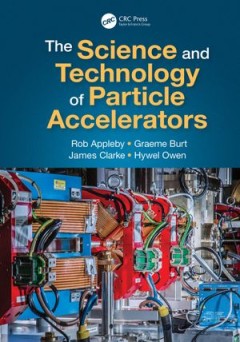
Persuasion in Public Discourse: Cognitive and functional perspectives
This book approaches persuasion in public discourse as a rhetorical phenomenon that enables the persuader to appeal to the addressee’s intellectual and emotional capacities in a competing public environment. The aim is to investigate persuasive strategies from the overlapping perspectives of cognitive and functional linguistics. Both qualitative and quantitative analyses of authentic data (in…
- Edition
- -
- ISBN/ISSN
- 9789027201386
- Collation
- -
- Series Title
- -
- Call Number
- -
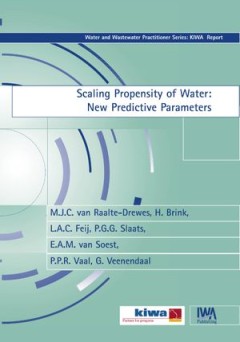
Perspectives on European Earthquake Engineering and Seismology: Volume 1
Civil Engineering; Natural Hazards; Geotechnical Engineering & Applied Earth Sciences Industry Sec; 2ECEES; Earthquake Engineering; Performance Based Design and Earthquake Engineering; Irregular Buildings and Earthquakes; Historical Structures and Earthquakes; Precast Buildings and Earthquakes; Bridge Design and Earthquakes
- Edition
- -
- ISBN/ISSN
- 9783319727899
- Collation
- -
- Series Title
- -
- Call Number
- -
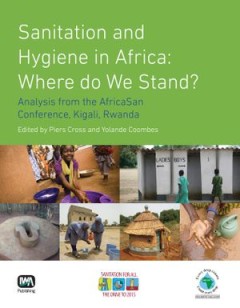
The Persistence of Technology: Histories of Repair, Reuse and Disposal
Repair, reuse and disposal are closely interlinked phenomena related to the service lives and persistence of technologies. When technical artefacts become old and worn out, decisions have to be taken: is it necessary, worthwhile or even possible to maintain and repair, reuse or dismantle them - or must they be discarded? These decisions depend on factors such as the availability of second-hand …
- Edition
- -
- ISBN/ISSN
- 9783839447413
- Collation
- -
- Series Title
- -
- Call Number
- -
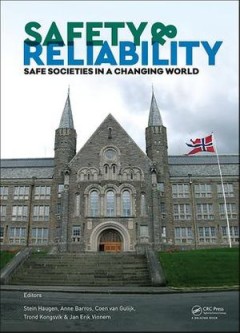
The Persianate World: The Frontiers of a Eurasian Lingua Franca
Persian is one of the great lingua francas of world history. Yet despite its recognition as a shared language across the Islamic world and beyond, its scope, impact, and mechanisms remain underexplored. A world historical inquiry into pre-modern cosmopolitanism, The Persianate World traces the reach and limits of Persian as a Eurasian language in a comprehensive survey of its geographical, lite…
- Edition
- -
- ISBN/ISSN
- 9780520972100
- Collation
- -
- Series Title
- -
- Call Number
- -
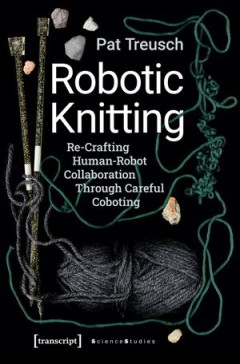
Permeable Reactive Barrier: Sustainable Groundwater Remediation
Remediation of groundwater is complex and often challenging. But the cost of pump and treat technology, coupled with the dismal results achieved, has paved the way for newer, better technologies to be developed. Among these techniques is permeable reactive barrier (PRB) technology, which allows groundwater to pass through a buried porous barrier that either captures the contaminants or breaks t…
- Edition
- -
- ISBN/ISSN
- 9781482224481
- Collation
- -
- Series Title
- -
- Call Number
- -
 Computer Science, Information & General Works
Computer Science, Information & General Works  Philosophy & Psychology
Philosophy & Psychology  Religion
Religion  Social Sciences
Social Sciences  Language
Language  Pure Science
Pure Science  Applied Sciences
Applied Sciences  Art & Recreation
Art & Recreation  Literature
Literature  History & Geography
History & Geography